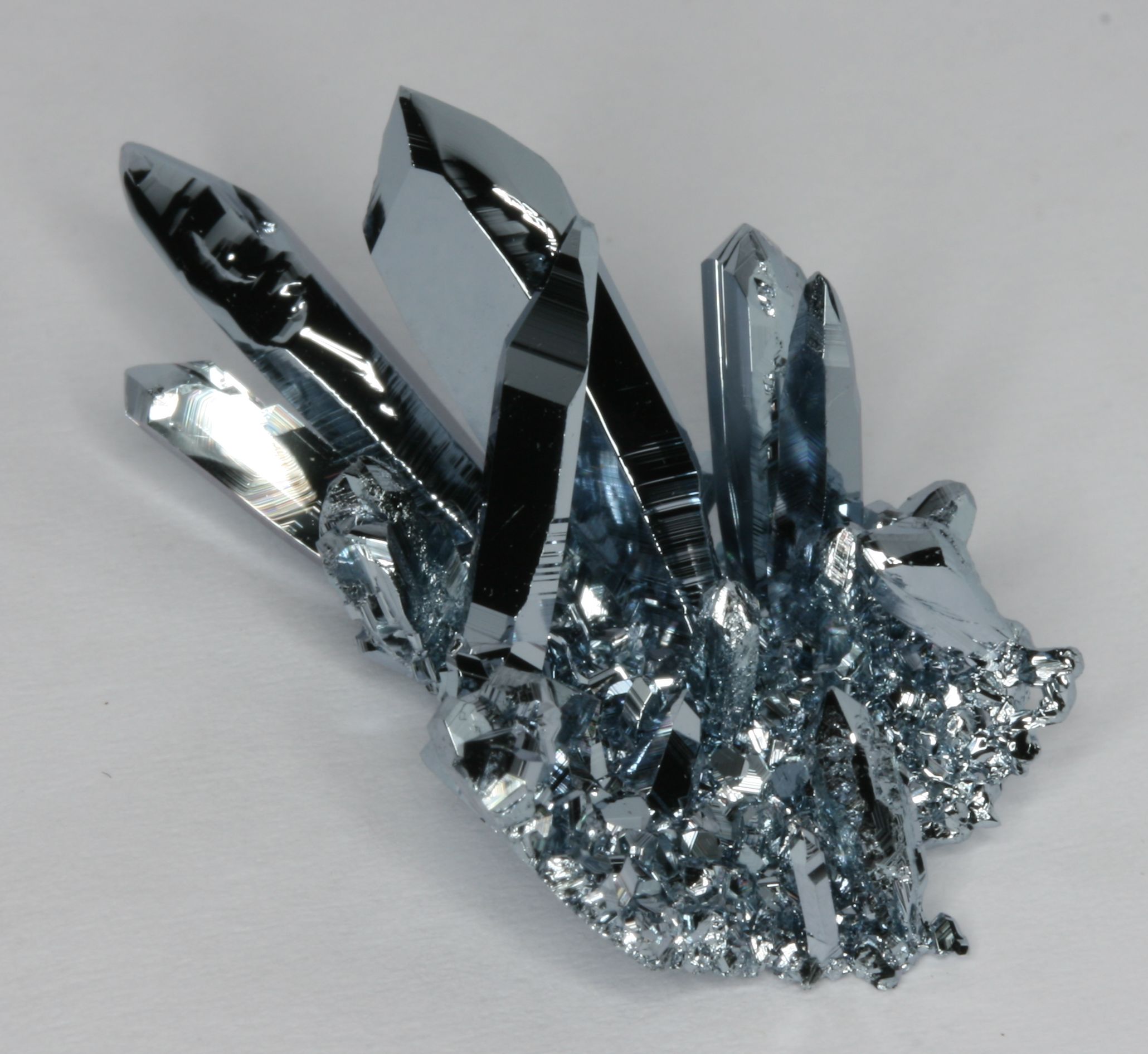In the realm of materials science and metallurgy, the pursuit of understanding the mechanical properties of various metals leads to intriguing debates, particularly when one encounters the comparative hardness of osmium and tungsten. Both elements hold a significant place in industrial applications and scientific inquiry, leading to a burgeoning interest in their physical characteristics, particularly hardness, which is a critical determinant of material suitability across numerous fields.
Hardness, defined as a material’s resistance to deformation or penetration, is an essential property that can dictate the longevity and performance of materials under stress. This characteristic is often measured through various scales, most notably the Mohs scale, which assesses hardness based on the ability of one material to scratch another. On the Mohs scale, tungsten exhibits a hardness rating of 7.5. Conversely, osmium, often regarded as the densest naturally occurring element, boasts an impressive hardness level that can be measured higher than that of tungsten, though the precise values can differ based on the testing methods employed.
To understand why osmium is considered harder than tungsten, one must delve into the atomic structure and bonding characteristics of these two metallic elements. Tungsten, symbolized by W on the periodic table, possesses a body-centered cubic (BCC) crystal structure. This arrangement contributes to its remarkable tensile strength and resistance to deformation. With high atomic number (74), tungsten benefits from strong covalent bonds among its atoms. The metallic bonds in tungsten allow for a degree of ductility, allowing it to be stretched under tension without breaking.
In contrast, osmium has a different crystal structure; it exhibits a hexagonal close-packed (HCP) configuration, which provides exceptional hardness and density, exhibiting values that often portray osmium as a preeminent candidate for applications necessitating substantial wear resistance. The tetrahedral sites in osmium crystals allow for a high packing efficiency, ensuring that osmium atoms exert considerable forces on one another. The significant compressive strength and high density of osmium result in its unique resilience against deformation, distinguishing it in the competitive landscape of hard metals.
The fascination surrounding osmium’s hardness can be attributed not only to its performance metrics but also to its rarity and the accompanying complexities involved in its extraction and processing. While tungsten is relatively more abundant in the Earth’s crust, leading to economically feasible extraction methods, osmium is often sourced in trace amounts alongside platinum ores. This formidable rarity enhances its mystique and value, engendering a profound interest among researchers and industrialists alike.
Both tungsten and osmium have engaged the curiosity of scientists beyond their hardness, extending to applications in various industries. Tungsten finds widespread use in the production of light bulb filaments, aerospace materials, and even in medical imaging. In contrast, osmium’s applications may be seen in specialized fields such as catalysis, fountain pen nibs, and in the production of very hard alloys, demonstrating its versatility despite being less commonly found in industrial applications.
Moreover, it is worth contemplating the interdisciplinary implications of the hardness comparison between osmium and tungsten. In molecular engineering, where the mechanical properties of materials are paramount, understanding the atomic-level interactions that contribute to hardness becomes a significant point of study. Insights gleaned from studies of osmium and tungsten could inform the creation of novel materials capable of withstanding extreme conditions, a critical aspect of advanced machinery and infrastructure.
The relevance of hardness transcends mere academic curiosity; it dial directs significant implications for technological advancement. As society continues to push boundaries through innovation, the materials selected for constructing ever more sophisticated technologies must exhibit robust performance profiles, including hardness. The ongoing dialogue surrounding osmium and tungsten serves as a microcosm of the greater discourse on material selection, resilience, and efficacy in mission-critical applications.
Furthermore, the upcoming discussions in material science and engineering must also probe into the environmental impacts associated with the mining and processing of hard metals. While the hardness of these metals opens doors to various applications, the extraction processes can lead to ecological disturbances and sustainability challenges. Thus, understanding the implications of choosing osmium over tungsten or vice versa involves considering not only mechanical properties but also ethical and environmental perspectives.
In conclusion, while osmium is categorically harder than tungsten based on comparative studies and structural analyses, this observation underscores a landscape of broader considerations regarding material properties, applications, and societal impacts. The fascination with these metals is not merely limited to their mechanical attributes, but extends into a complex interplay of elements that encapsulates scientific inquiry, ecological responsibility, and technological progress. Both tungsten and osmium exemplify the ongoing endeavor to balance hardness and functionality with the sustainability imperatives of the modern age.












